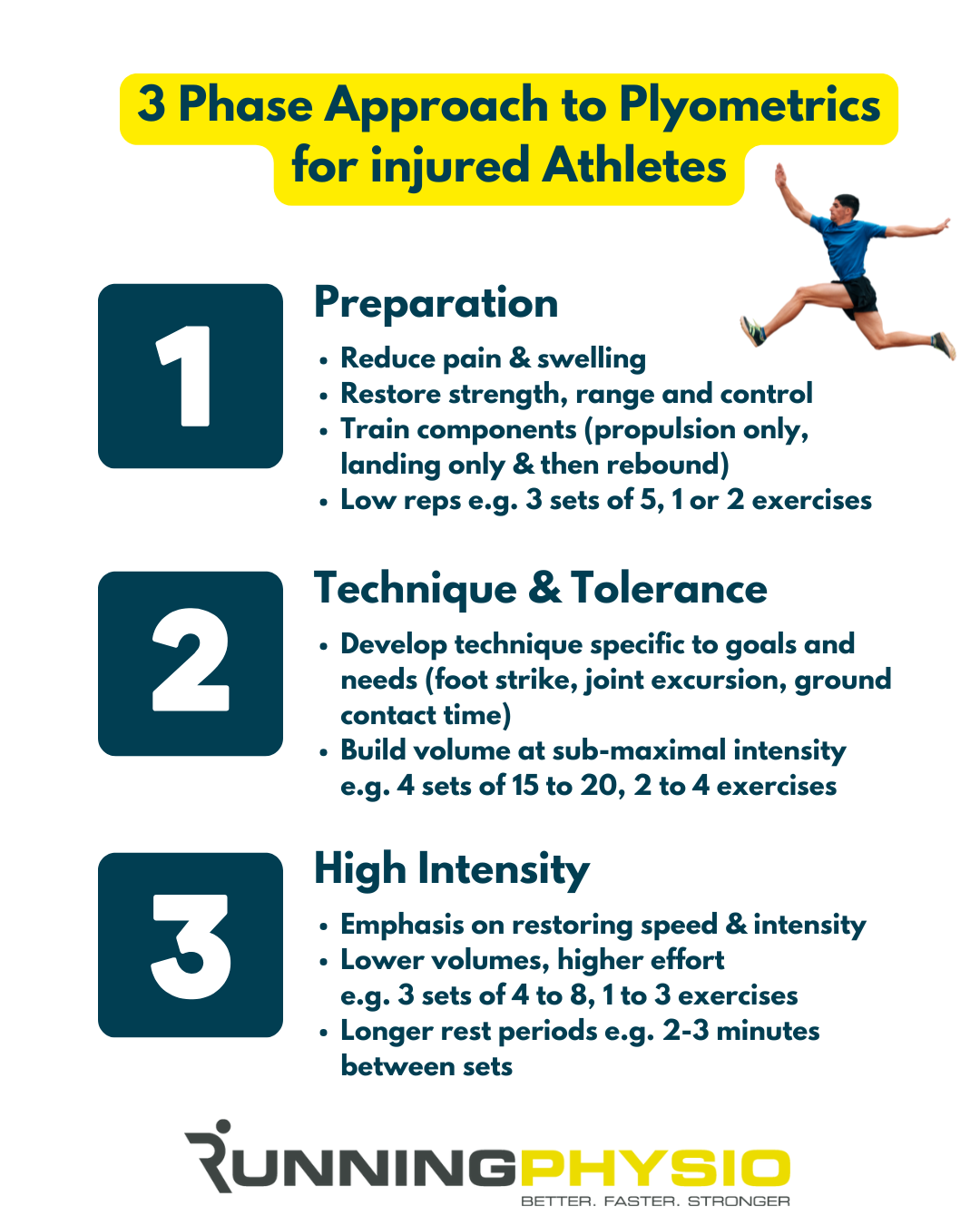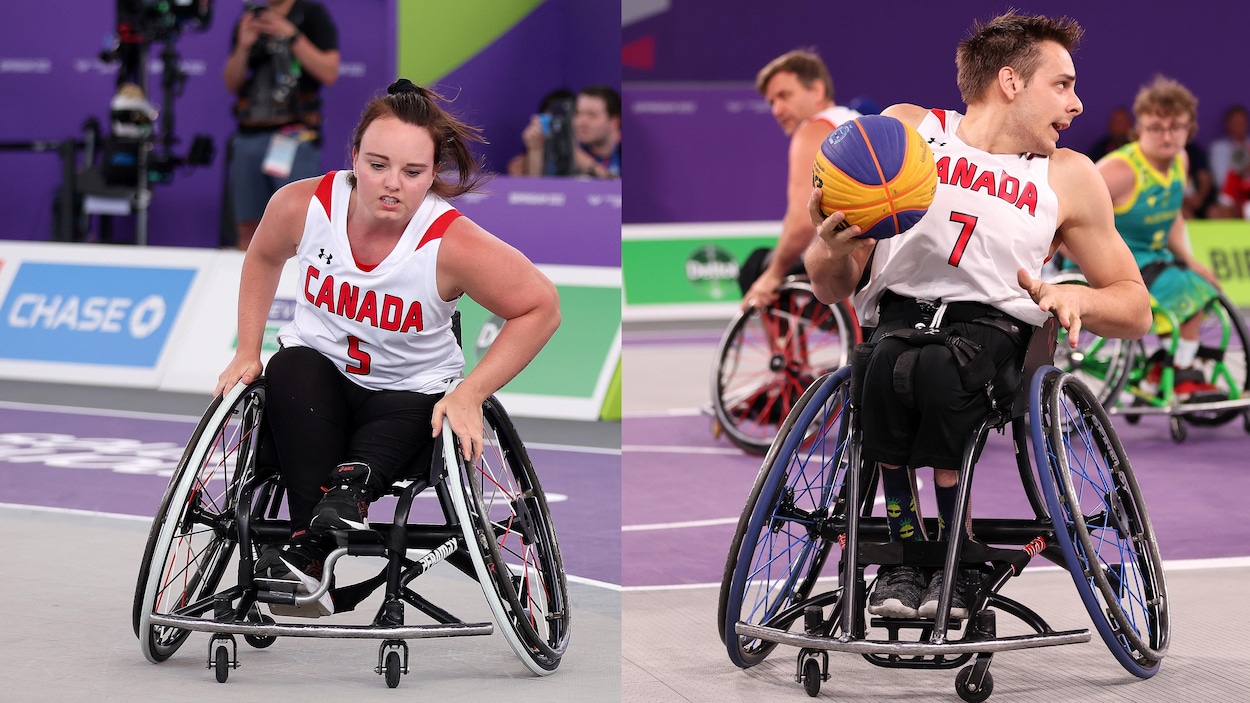PROTECT YOUR DNA WITH QUANTUM TECHNOLOGY
Orgo-Life the new way to the future Advertising by AdpathwayOur articles are not designed to replace medical advice. If you have an injury we recommend seeing a qualified health professional. For more information see out Terms and Conditions.
I had a great question recently on the Running Repairs Course;
“What’s normal for running gait?”
It’s something I’ve reflected on many times but up until recently we didn’t have research that could help us answer this. Despite it being a fairly simple question it’s surprisingly difficult to study. You need to analyse a lot of runners!
Fortunately recent research has done exactly that. Malisoux et al. (2023) studied the gait of 860 healthy, recreational runners (529 men, 331 women) while running at ‘preferred speed’ on an instrumented treadmill.
They assessed spatiotemporal patterns (like step rate) and kinetic variables (like peak vertical ground reaction force). Here’s a quick overview of their results (see paper for kinetic data):

Data adapted from Malisoux et al. (2023)
I was chatting with Luke Nelson about this and we both agreed the ‘flight time’ seems very high. Luke is @SportsChiroLuke on Instagram, make sure you follow him he shares lots of good running content!
Looking at my own gait, flight time was just 75ms, some way off the 444ms average reported. So we approached the authors who very kindly responded to clarify their definition of flight time. They calculated it as the difference between stride time and contact time so it’s a swing phase rather than an aerial phase.
To clarify that further, it’s the time from toe off on one foot to initial ground contact of the same foot:
We can use the time points at the bottom of the image to estimate my flight time:
2.317 – 1.908 = 0.409 secs
409 milliseconds, much closer to the figures in the paper. It’s a little low which might be because I don’t extend my hip much during propulsion which can result in reduced flight time.
This definition of flight time differs from others I’ve come across which highlights a key point – if we use data we want to clarify how it’s measured and defined.
Asymmetry is normal (and not linked to running injury!)
The authors used the data from 836 of these recreational runners in a follow-up study to see if asymmetry in spatiotemporal and kinetic variables was related to running injury (Malisoux et al. 2024).
Runners were followed up for 6 months and 107 participants reported at least 1 running-related injury. There was a high degree of variability of asymmetry across the variables and between individuals. This asymmetry was not associated with higher injury risk.
I think this quote from the paper sums it up nicely:
Clinical application
It’s rare to see data from such a large sample size and it helps to give us an idea of what ‘normal’ is (and that asymmetry is often normal too!).
When assessing a runner’s gait we tend to use ‘preferred speed’ so it’s useful to know that the average is roughly 10km/h (this ties in nicely with what I see in clinic). Step rate at this self-selected pace was, on average, just 164 steps per minute so a long way off the 180 that’s often mentioned!
These figures and those for contact and flight time as well as vertical oscillation (bounce) give us an idea of what we might expect to see in most runners so it makes it easier to define what may be too much (or too little). As discussed below, this always needs to be considered within the context of the patient and their presentation.
This quote from the study discusses how to apply this in practice:
Important considerations
One factor to consider is that the runners were randomly allocated standardised running shoes (either soft or hard cushioning) so didn’t run in their usual footwear.
Gait analysis was performed on a treadmill which is considered a good replication of over-ground running but some runners will adapt their gait (for example increasing step rate or moving to forefoot strike).
Lastly, a very important point; kinematics were not assessed within these studies. Joint angles (such as hip adduction or knee flexion) and movement patterns (like over-striding) were not analysed. We can’t determine what is ‘normal’ for these gait factors or if asymmetry in kinematics links to injury from these 2 studies.
Let’s be clear, this is not a criticism of this research. They’ve gathered a huge amount of very useful data in a large population of runners and it’s not possible to measure everything at once!
On an individual level it’s less about asking ‘what’s normal?’ and more about considering ‘what’s relevant?’
To determine that we need to factor in the person, their pain and pathology. We also need to assess the kinematics to link this together.
There are reassuring messages here for runners – we’re all a bit wonky and asymmetrical, it doesn’t mean you’re fragile!
It also doesn’t mean gait retraining can’t be of value but the focus is on reducing load on sensitive tissue rather than moving towards an imagined ‘normal’.





















 English (US) ·
English (US) ·  French (CA) ·
French (CA) ·